The earthquakes that hit a wide area of Sisak-Moslavina and Zagreb counties on December 28 and 29, as well as the city of Zagreb in Croatia, killed seven people. The hardest hit areas are Petrinja, Sisak, Glina and the surrounding area, where a large number of residents were left homeless.


In the affected area, a large number of buildings of cultural and educational significance and many sacral buildings were destroyed. Historic 19th and 20th century buildings with poor foundations, some restored, some not, all badly damaged, some completely devastated and will have to be demolished.

In the area of Sisak-Moslavina County, the historic city cores of Sisak, Petrinja, Glina, Kostajnica and almost all individually protected cultural assets in the county were damaged.

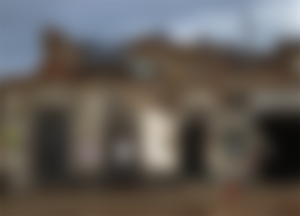


Of the cultural and historical units, the most severely damaged was the historic core of Petrinja, in which all houses out of a total of 527 buildings in the core have varying degrees of damage. The damage ranges from very severe to devastating damage, and all individually protected buildings in Petrinja were severely damaged. Among them is the city administration building, the church of St. Lovre, primary school and Faculty of Teacher Education.

In Sisak, older buildings in the city center suffered the most, but not a single building collapsed. One of the symbols of Sisak, the Old Bridge, which is considered one of the most beautiful in Croatia, has lost its stability and is not safe to cross. The construction of this bridge itself lasted nine years, and construction began in 1925 on the site next to the dilapidated wooden bridge that first, in 1874, began to connect Civil and Military Sisak. The old bridge is one of the few bridges made of stone and brick that is still used today.


The damage is also visible on the roof of the Old Town, a zero-category monument and one of the most famous military fortifications in Europe. The fortress in Sisak was built by order of the Zagreb Kaptol at the confluence of the river Kupa and Sava between 1544 and 1550 in order to stop the Turkish invasion. Today, it houses the premises of the Sisak City Museum, so it houses part of the collections and departments that the Sisak Museum has: archaeological, ethnographic, cultural and historical, numismatic and gallery. Emergency remediation works have already been launched, given that movable cultural property and collections currently in the damaged premises will be accepted and stored there.


The 140-year-old building that housed the Sisak Music School was badly damaged in the earthquake, there was great damage to the staircase, the walls of the classrooms and the large hall were cracked. Part of the wall fell on cars in front of the building that were destroyed. It is a cultural monument, a former synagogue of the Sisak Jewish community, which was built in 1880 and devastated during the Second World War. The Sisak synagogue was built at a time when 232 Jews lived in and around the city, and was the center of life for the Jewish community in Sisak and Posavina. Her last rabbi, Dr. Beno Reiss, was killed as a victim of the 1943 Holocaust.


Since 1967, a music school named after Fran Lhotka (1883-1962), a composer and conductor of Czech origin, has been operating in the Sisak synagogue building. Today it is a public school, a center of music education and culture, which brings together music educators, creates an audience, educates generations of musicians and has 368 students.
Churches with severe structural damage, partial or complete collapse, are particularly severely damaged. According to previous data available to the Ministry of Culture, about 50 sacral buildings of churches, chapels, parish courts were destroyed, among which the Cathedral of the Exaltation of St. Of the Cross in Sisak and St. Mary Magdalene in Seli near Sisak.

The church in Gora and Žažina, Pešćenica, Odra, Hrastovci, Hrvatsko Čuntić and Petrinja, the chapel of the Visitation of the Blessed Virgin Mary in Sisak and the chapel of Sv. Jakov in Mošćenica and many others. Five schools are unusable and nine are badly damaged. Chapel of St. Filip i Jakov in Reštovo - the parish of Imena Marijina Kamanje, from 1704, built in the early Baroque style, a protected cultural monument, suffered additional damage during the earthquake while the parish church of the Exaltation of the Holy Cross in Kravarsko was left without a tower and will have to be demolished.

Church of St. Nikola and Vida in Žažina near Lekenik did not withstand the earthquake, the bell tower and the ceiling of the building collapsed, and the local organist remained buried under the ruins. The exterior of the church was rebuilt in the middle of the 20th century due to severe damage caused in World War II, but the bell tower was still in poor static condition before the earthquake and there was a danger of the bell falling. The interior of the church has not been repaired even from the damage caused by the Second World War. The church is registered in the Register of Cultural Heritage of the Republic of Croatia as a preventively protected cultural good.

It was built between 1778 and 1788 on the site of the old wooden parish church of Sv. Nicholas around which was a cemetery. It has elements of classicism, but it has retained its baroque floor plan and spatial character.

The Church of the Assumption of the Blessed Virgin Mary, located in the village of Gora in the Banovina, along one of the most important medieval roads leading from Petrinja to Glina and Topusko and on to the Adriatic, has suffered severe damage.


It is one of the first Gothic sacral buildings in continental Croatia, and its turbulent past is marked by changes of owners, among which the Knights Templar and Ivanovo stand out. The church was built by the Templars in the second quarter of the 13th century on the site of an older Romanesque church. It was severely damaged during the Turkish conquests, but after the liberation of the Banovina area it was thoroughly restored.

Parish Church of St. Mary Magdalene in Seli near Sisak was severely damaged in the earthquake, part of the parish court collapsed and the towers were severely damaged. The church is completely unusable after the earthquake.


The parish church together with the parish court belongs to the monuments of Croatian cultural and sacral heritage. The parish, founded in 1702 in the Baroque period, under the protection of the Zagreb Kaptol, became the residence of the Kaptol canons. The construction of the church and the manor lasted from 1759 to 1765. The builders were Italian masters, assisted by the inhabitants of the place and the Kaptol serfs. Material from old Siscia was built into the church. To this day, he is still an unknown designer of the church, which certainly belongs to the culture of the High Austrian Baroque. With its performance and architecture, it is an exceptional monumental building and is one of the most valuable and beautiful Baroque churches in continental Croatia. Apart from the exceptional architecture, it also has a special place due to the illusionist image of the interior. The church also houses a particularly valuable organ made by Joannes Franciscus Jenechek, a Slovenian builder of Czech origin.

The Ministry immediately started the first inspection of the damaged heritage, and the list of damages to immovable and movable cultural property will be determined according to the methodology used in March 2020 when the earthquake hit the City of Zagreb, Krapina-Zagorje County and Zagreb County. The determination of the list of damages will begin on January 11, and conservators from all over Croatia have been hired
As I write this this area has been hit by a new magnitude 5 earthquake and the damage is still piling up?
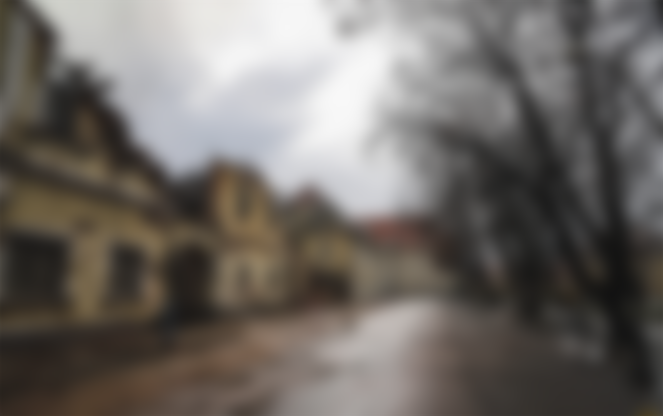
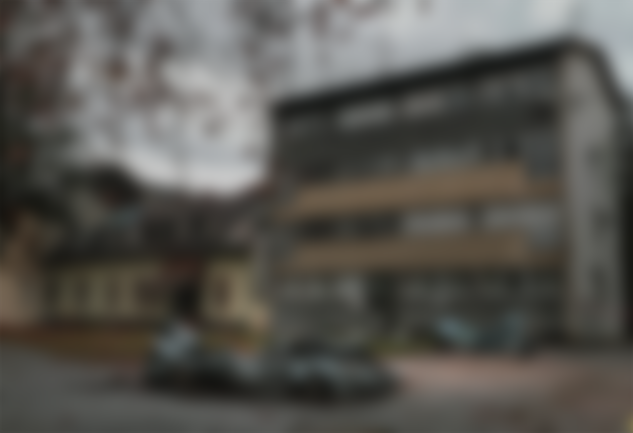
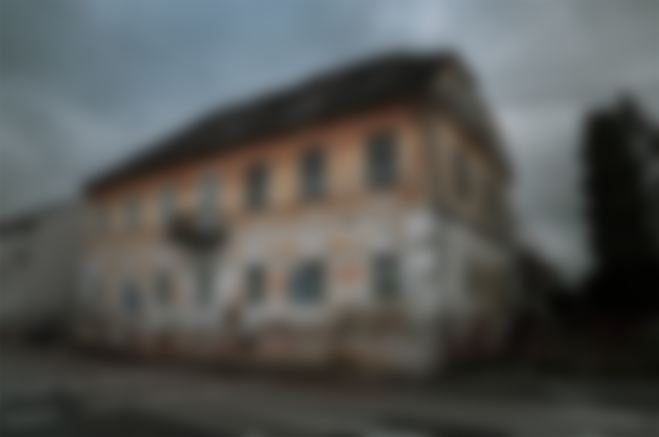
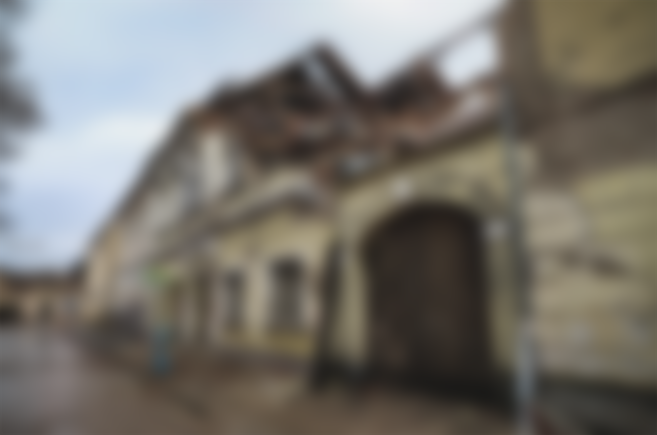



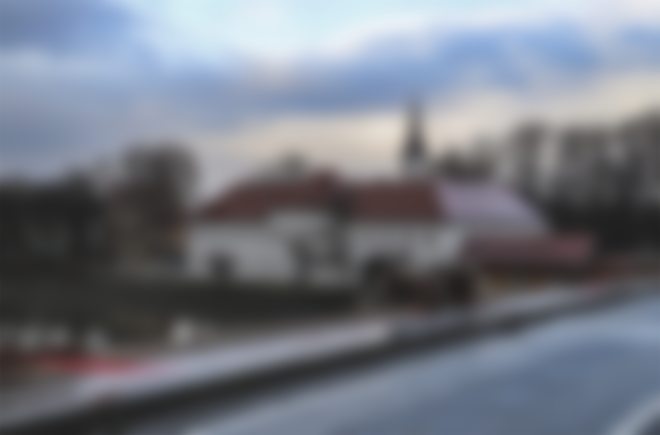



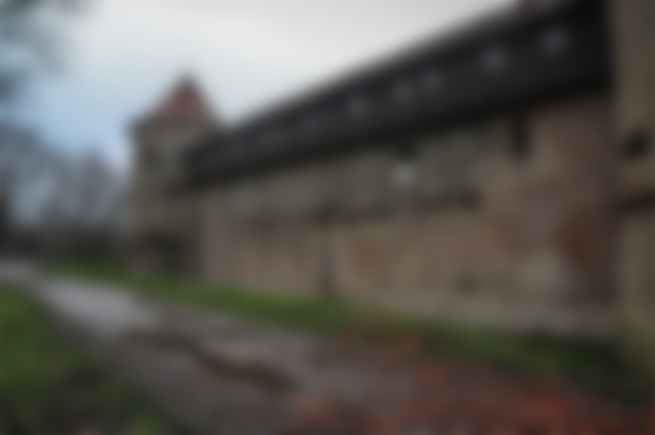
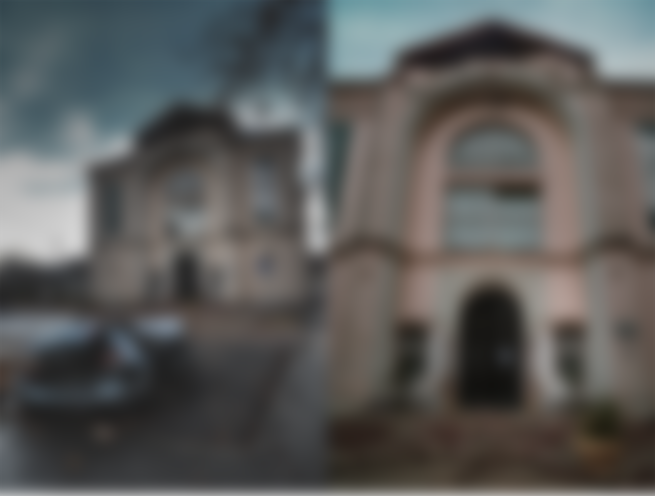










What happened in Petrinja is very sad.People there suffer so much.Always when is earthquake in Petrinja or near,we also have earthquake in Slovenia.People are really scared and I am too.What will be in future only God knows.